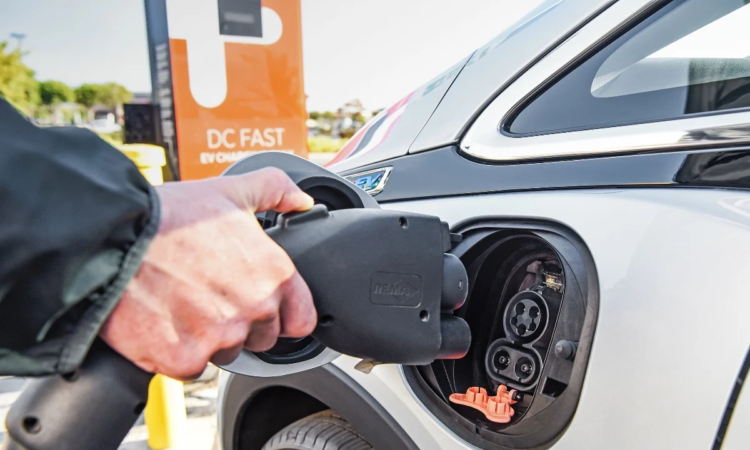Did you know that as of 2021, over 600,000 plug-in electric vehicles (EVs) were registered in the US?
While this number is relatively small compared to the rest of the cars on the road in America, it’s still a significant step toward a more environmentally friendly planet.
Of course, these cars still need to be charged! So, how exactly does electric vehicle charging work? That’s what we’ll be taking a look at today.
Keep reading to learn more about EV charging and how it all works.
How EV Charging Works
Electric vehicle charging works by supplying electricity to an EV battery, which powers the electric motor that propels the vehicle.
Rapid charging is a type of EV charging that can charge an EV battery in a shorter time than is possible with a standard charger. Fast chargers supply a higher voltage and current than standard chargers, which allows them to charge an EV battery more quickly.
Several types of rapid chargers include DC fast chargers and AC fast chargers. DC Fast chargers charge EV batteries at public charging stations, while AC fast chargers generally charge EV batteries at private residences or businesses.
EV charging stations can be found in public parking garages, workplaces, retail parking lots, and some homes. Many EV owners charge their cars at home overnight, taking advantage of time. If you plan to have one at home, hire reliable EV charging station contractors.
EV Charging Connectors
Electric vehicles are becoming increasingly popular as consumers look for more sustainable and environmentally friendly transportation options. As the demand for EVs grows, so does the need for reliable and efficient EV charging infrastructure.
EV charging works by transferring energy from the electric grid to the battery of an electric vehicle. This energy can be moved through a direct connection (Level 1 and 2 charging) or an inductive charging system (Level 3 DC Fast Charging).
Level 1 and 2 charging is done at home or work, using a standard 120-volt outlet (Level 1) or a 240-volt outlet (Level 2). These chargers usually take several hours to charge an EV battery.
Level 3 DC Fast Charging is done at public charging stations and can charge an EV battery in minutes. This type of charging requires a special connector and is incompatible with all EV models.
The Future of EV Charging
EV charging stations can be found in public parking lots, businesses, and people’s homes. The future of EV charging will likely increase the number of chargers and the types available. Fast chargers will become more prevalent, allowing electric vehicles to charge in minutes rather than hours.
As the technology improves, the cost of EV charging will continue to decrease. This, combined with the increasing number of electric vehicles on the road, charging an electric vehicle will be made more accessible to everyone.
Now that you know how to charge an electric vehicle don’t let the charging process hold you back from switching to an EV!
We hope you enjoyed reading this article. If you’re looking for more informative articles about businesses, technology, and more, check out the rest of our blog today!

